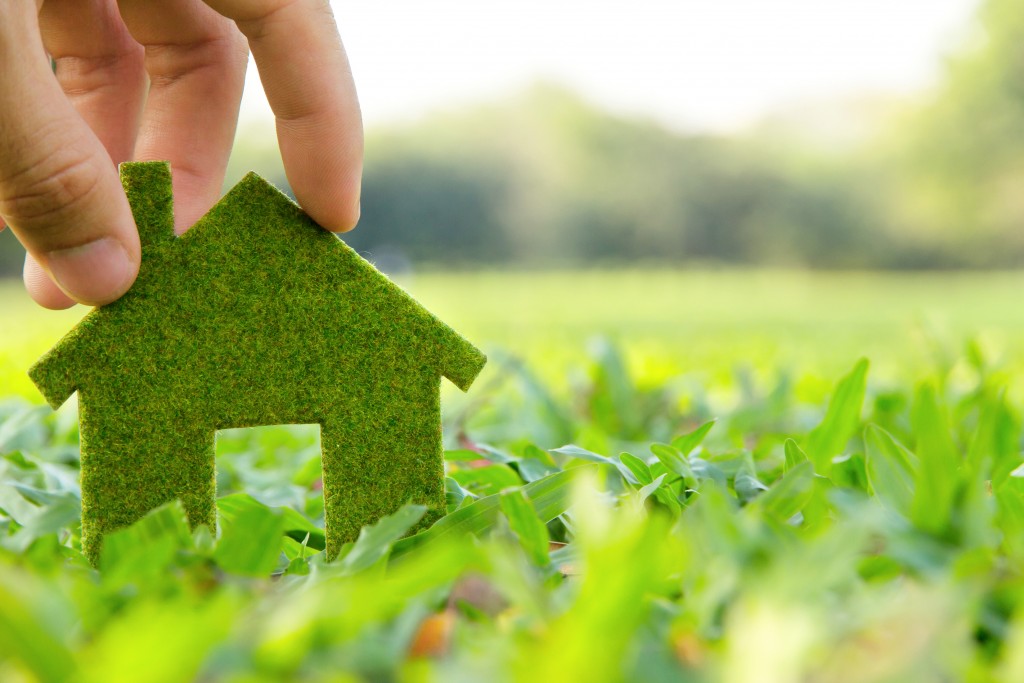In recent years, many individuals have begun to consider living more sustainably. From eating organic foods to only using products made with natural ingredients, more consumers choose a more eco-friendly lifestyle. Being more environmentally conscious contributes to a more sustainable environment, lowering carbon emission and putting less stress on natural resources.
If you’re considering living a greener lifestyle, the best place to start is at home—and here are seven easy ways to do just that.
Reduce Water Usage
Sustainable living means getting more serious about saving water and reducing your usage. You can begin by fixing any leaks you may have around your home. Doing this helps you save money on expensive repairs or replacements later on and your annual mosquito and pest control service.
You can monitor and reduce your water usage in other ways, including using a water filter on your kitchen tap for drinking and repurposing water.
Install High-performance Windows
Windows are responsible for 50% or more of lost energy, making high-performance windows a crucial part of making your home more sustainable.
High-performance windows refer to those with new technologies, such as double glazing, non-conductive framing materials, and better air-tight construction. If you live in an area with a warmer climate, choose low solar gain windows, but if you experience colder days year-round, triple-glazed windows with a vacuum are ideal.
Investing in high-performance windows can make your home greener and more comfortable over time, helping you live sustainably while cutting off your bills to almost half.
Insulate Your Home
Although using as little energy as possible is a must in making your home more sustainable, reducing your energy consumption can be highly challenging, especially on colder and hotter than average days—and if your home isn’t insulated correctly. Having a well-insulated home helps store more heat during the winter, cutting down on heating costs while ensuring your home stays cozy over the winter months.
It also blocks out the sun’s warmth during the summer months, keeping your home cool by reducing the need for air conditioning. You need to insulate several places in your home against the different elements, including the walls and roof. It’s also a great idea to cover exposed hardwood with area rugs, insulating your house from cracks in your flooring.
Even simply drawing the blinds or curtains during hotter days can keep your home well-insulated, blocking the sun from affecting your house’s interior temperatures.
Passive Solar Design

Having a passive solar design in your home means you’ll be using energy from sunlight, helping in heating and cooling your house. This method doesn’t require mechanical and electrical equipment, solely relying on building materials reflecting, absorbing, or transmitting the sun’s radiation.
For instance, inside spaces are usually designed to facilitate the movement of sun-heated air without using fans, reducing the amount of energy you use to heat and cool your house.
Create Compost
You’re likely to have kitchen scraps or leftover food every day, and instead of throwing them away to rot in landfills, it’s best to use them to create your very own compost at home. Composting offers several benefits, including retaining soil moisture and health, preventing pest outbreaks, reducing the need for chemical fertilizers, and reducing methane emissions from landfills.
You can start by placing all your green and food waste in a bin, and you’ll have quality compost in no time.
Invest in Energy-efficient Appliances
After your home’s HVAC system, appliances are the next most significant electricity consumers in your home. Luckily, you can cut the amount of electricity you consume and general electricity bills by investing in more energy-efficient options. The appliances that usually consume the most electricity are the refrigerator, stove, dishwasher, air conditioner, and water heater.
Handle “Green” Waste with Care
If you tend to a garden at home, maintaining it takes a lot of work. Green waste usually comes hand in hand with gardening, so it’s crucial to know how you treat it well. You can reduce the amount of green waste you produce in several ways, such as recycling your grass by avoiding bagging the clippings and letting it fertilize the soil instead.
Plus, if you’re unable to take care of your lawn regularly, it’s best to reduce the size of it by filling it in with low-maintenance plant beds or bushes.
If you’re striving to add more eco-friendly habits into your everyday life, like most good habits, it’s best to begin at home. Doing any of the methods mentioned is a great way to kick off your journey of making your home greener—and more sustainable.






